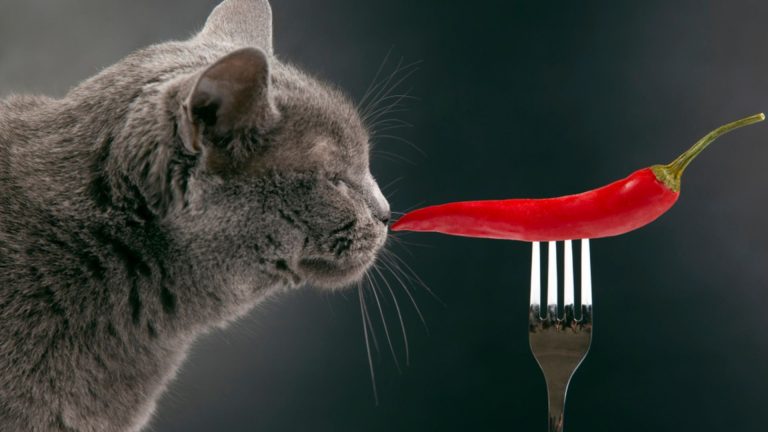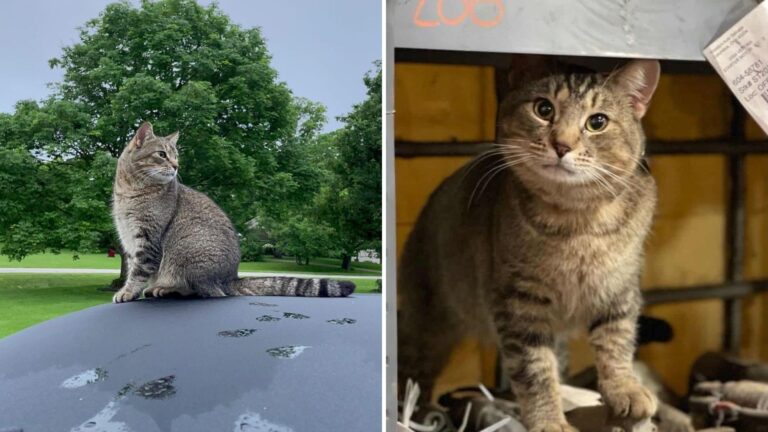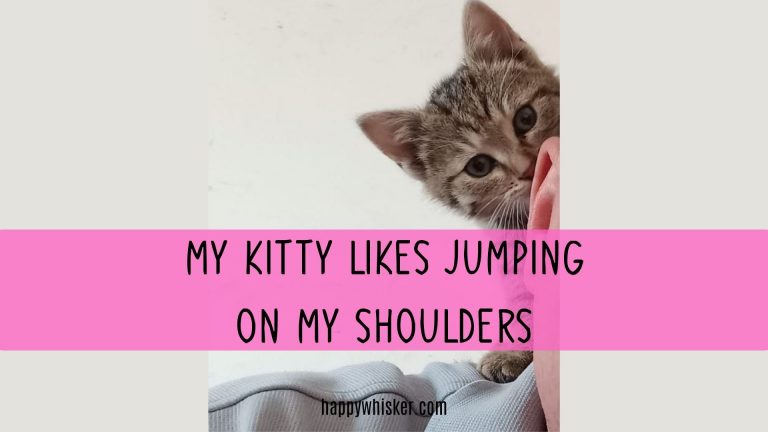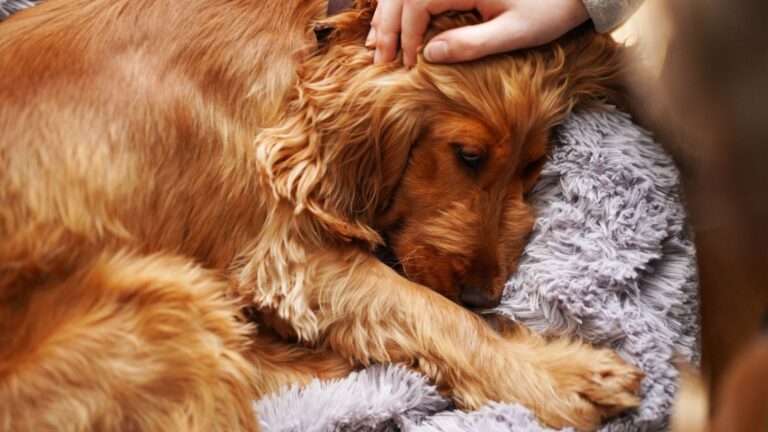Chicago Woman Tried To Help A Giant Bird On The Road But What Happened Next Left Her Speechless
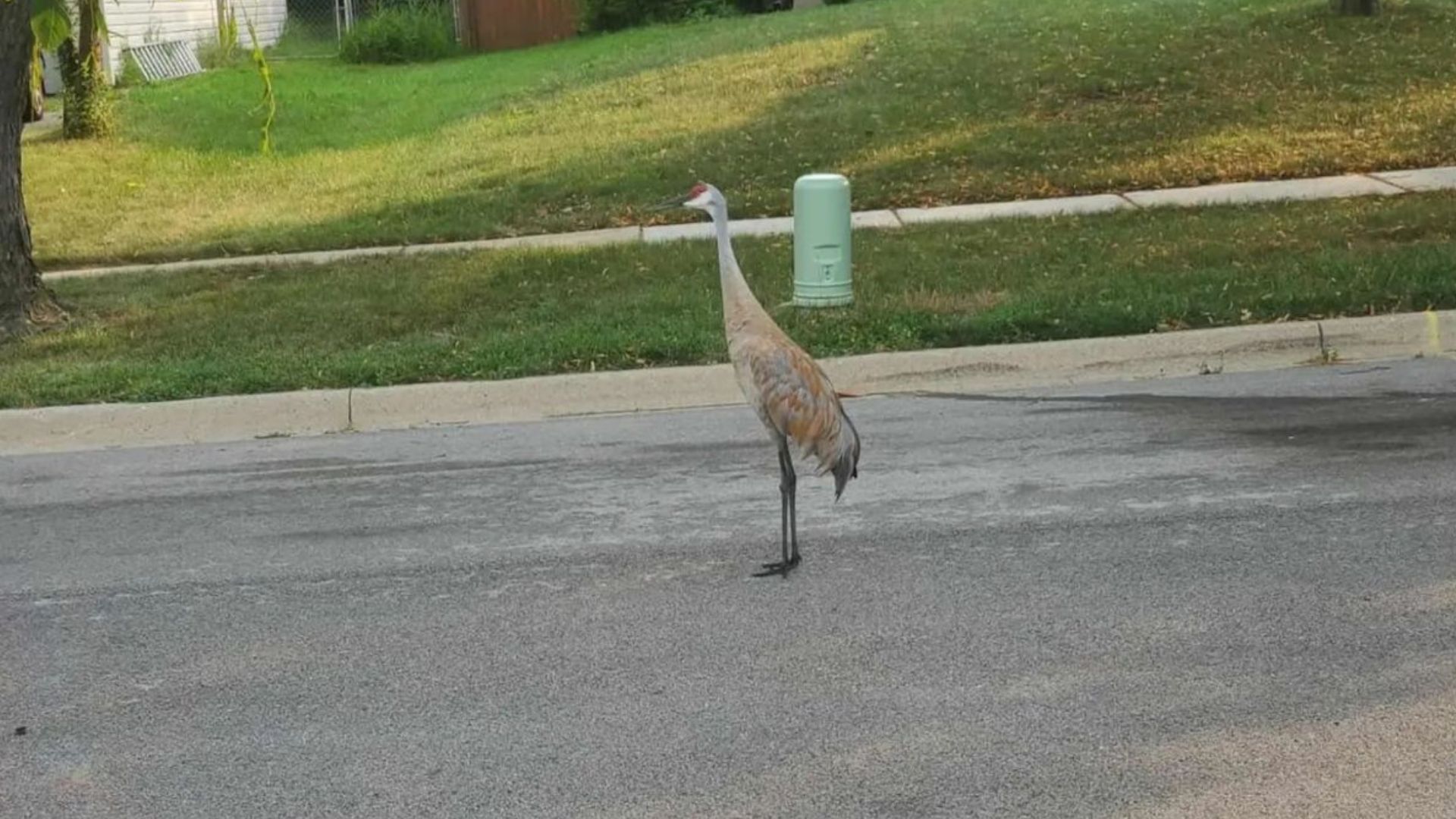
You never really expect a dinosaur-sounding cry to echo through your neighborhood. But that’s exactly what happened one day in q Northwest suburb of Chicago, Illinois.
Inside her house, Judie Schwager heard a sound so strange and out of place that it stopped her in her tracks.
She rushed to the window, and what she saw made her blink twice. Standing in the middle of the street was a massive sandhill crane.
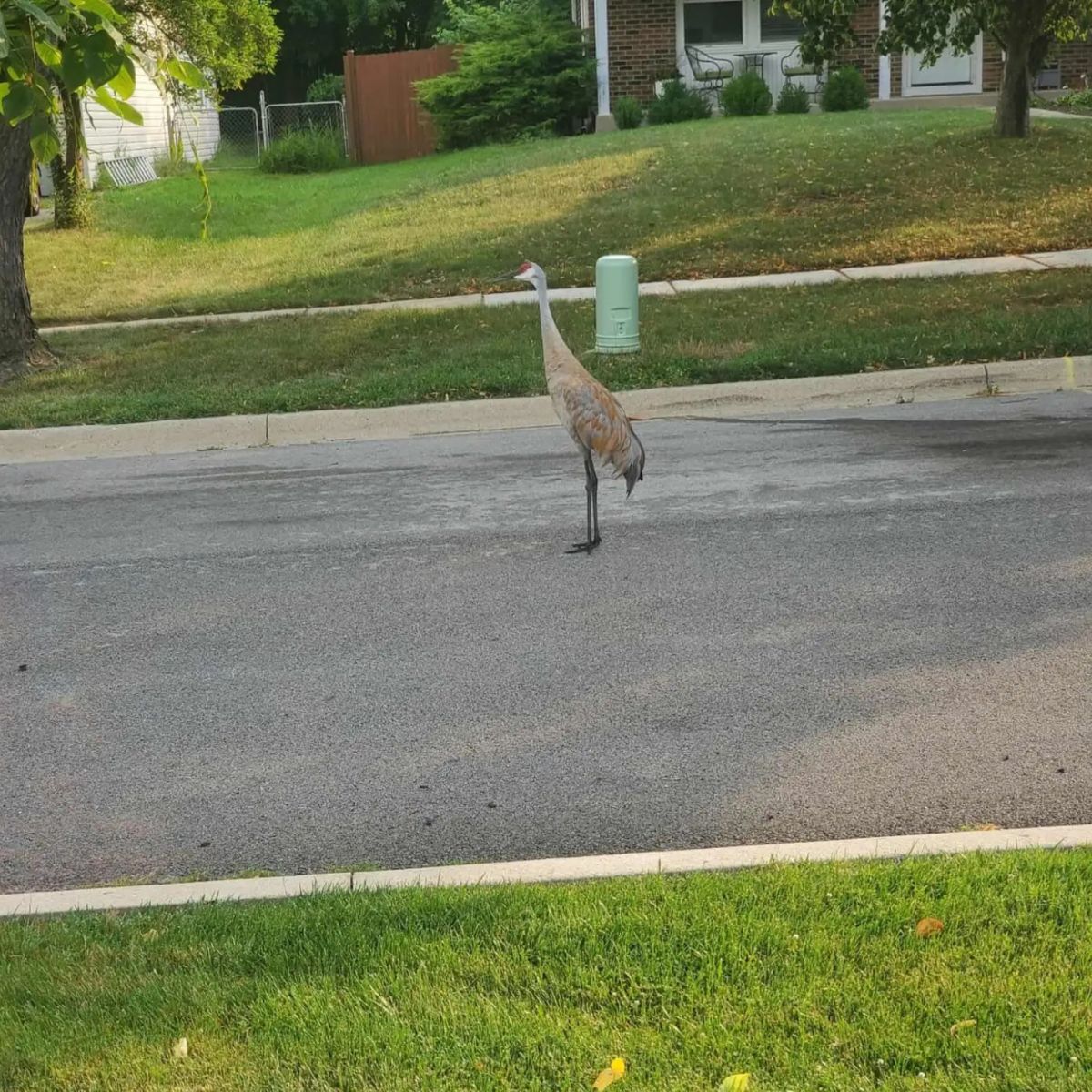
Now, if you’ve ever seen one of these birds up close, you know they’re not your average backyard visitor. Long legs, wide wings, and a beak that means business.
Judie’s first thought wasn’t how cool this was; it was worry. That bird was right in the road, and traffic is no place for a creature that size.
Without a second thought, she ran outside, hoping to shoo him to safety. She shared in an interview:
“I motioned at him and said, ‘You better get out of the street.’”
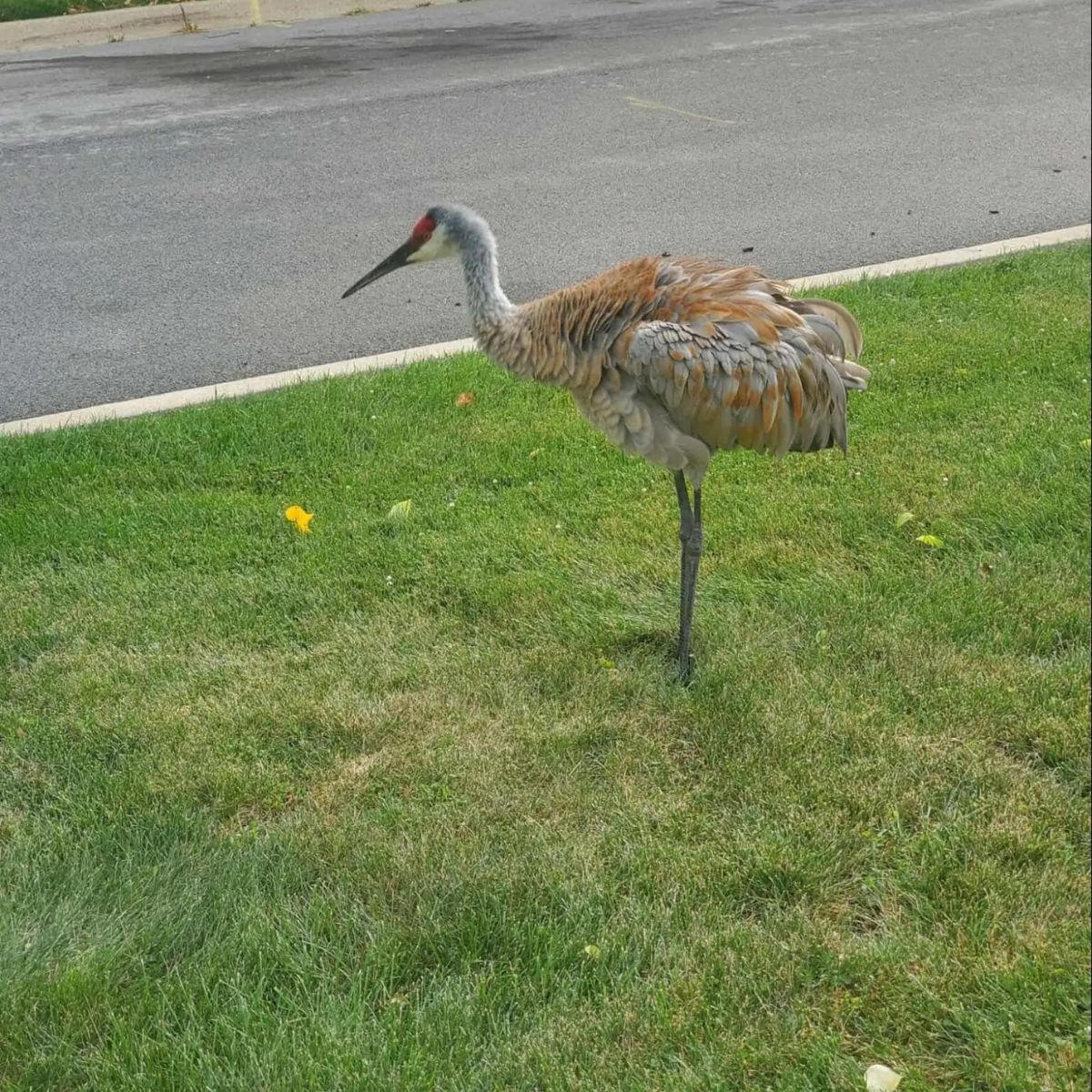
Here’s where things got wild. Instead of flying off, the crane locked eyes with Judie and actually started walking toward her.
Imagine being face-to-face with a bird nearly as tall as you, just strolling along like he wanted to be friends. To Judie, it felt surreal, as she shared:
“He actually walked toward me. It was surreal. My brain said, ‘Nope, this isn’t really happening.’… It was quite an experience having a bird nearly as tall as me right behind me with his huge beak.”
Before she knew it, she was slowly backing up with the crane following her every step. Right through the yard. Right up to her house. And yes, the whole thing was caught on her security camera.
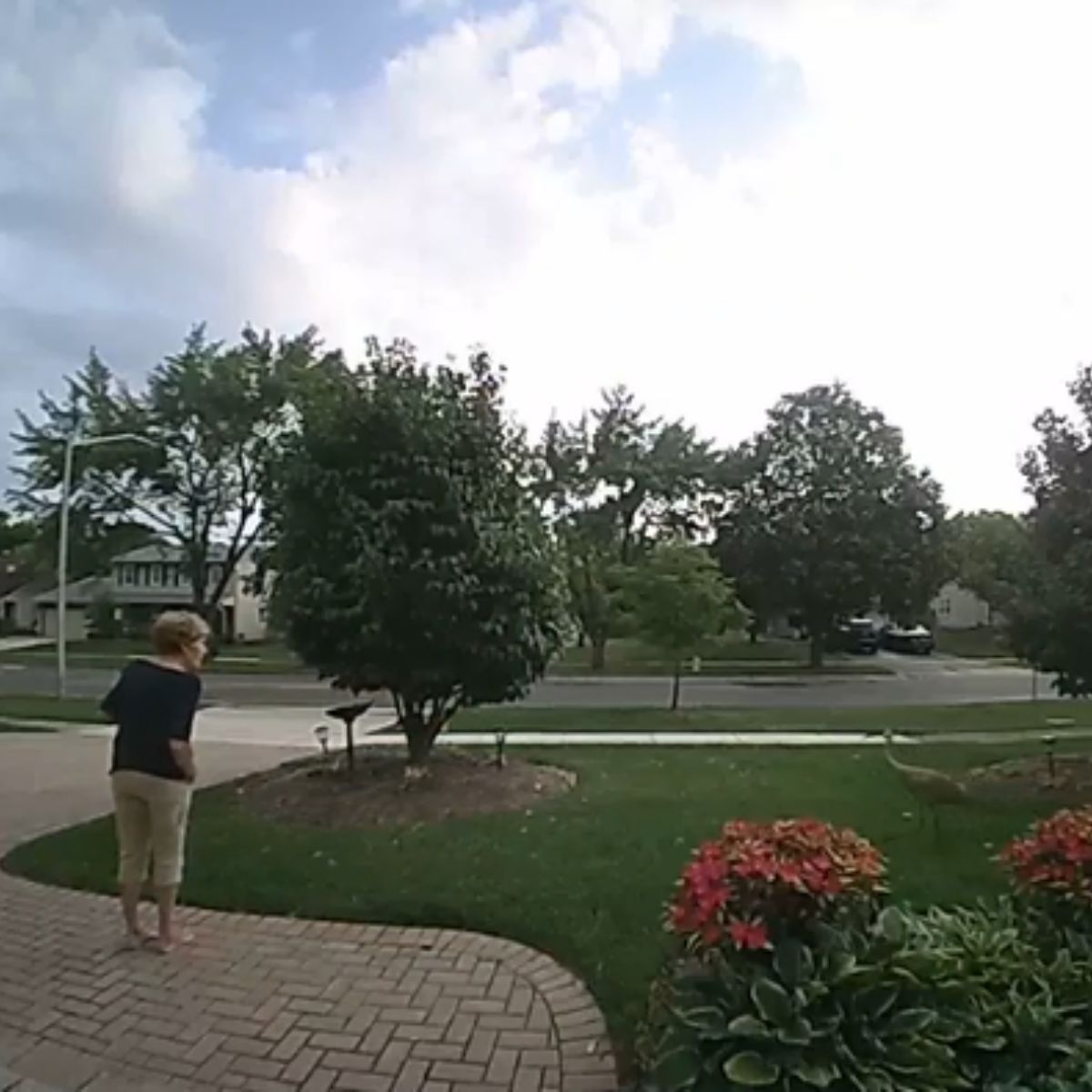
Judie couldn’t help but wonder if he had gotten separated from his flock. Usually, sandhill cranes stick together, and around fall, they start heading south in big groups.
She even checked a nearby park, hoping to spot his friends, but there wasn’t another crane in sight.
As magical as it felt to have such a majestic bird tagging along, experts say it’s actually not a good sign when wild animals get that comfortable around people.
Janice Culver, a naturalist with the Crabtree Nature Center, explained that this crane was probably used to humans feeding him.
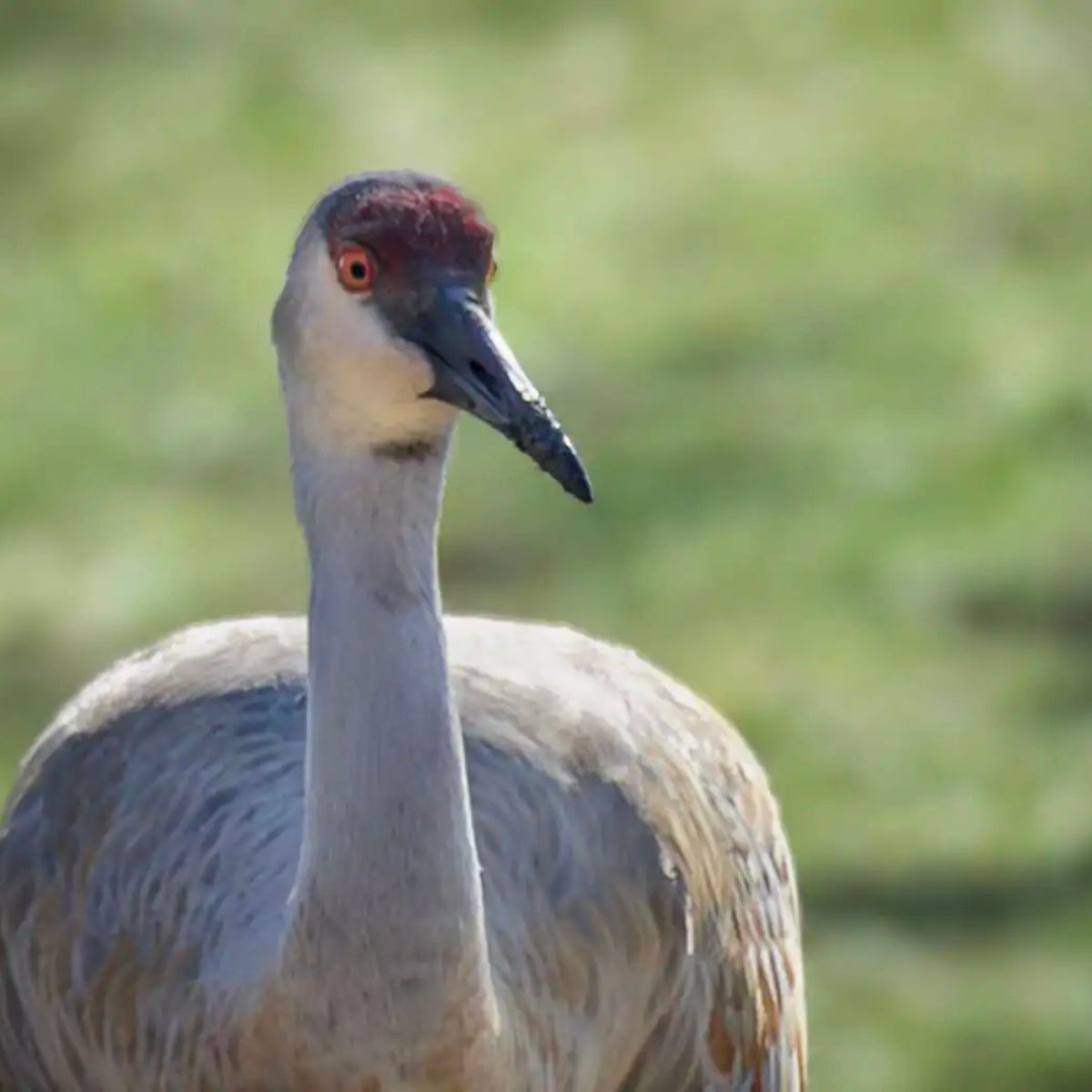
And while it may seem harmless, handouts can confuse migration patterns and make these birds depend on people instead of their natural food sources, as Janice shared:
“That’s one of the biggest problems that we have with people and wildlife. Once there’s a food source or something for the animal to get, they’re going to keep coming back… It might delay or change a crane’s migration pattern because they’re being fed.”
Also, people feeding and having close encounters with any wildlife can put animals in danger. Janice continued:
“This also makes them more comfortable with humans, which could put them at risk of being hit by a car or harmed by a person or animal.”
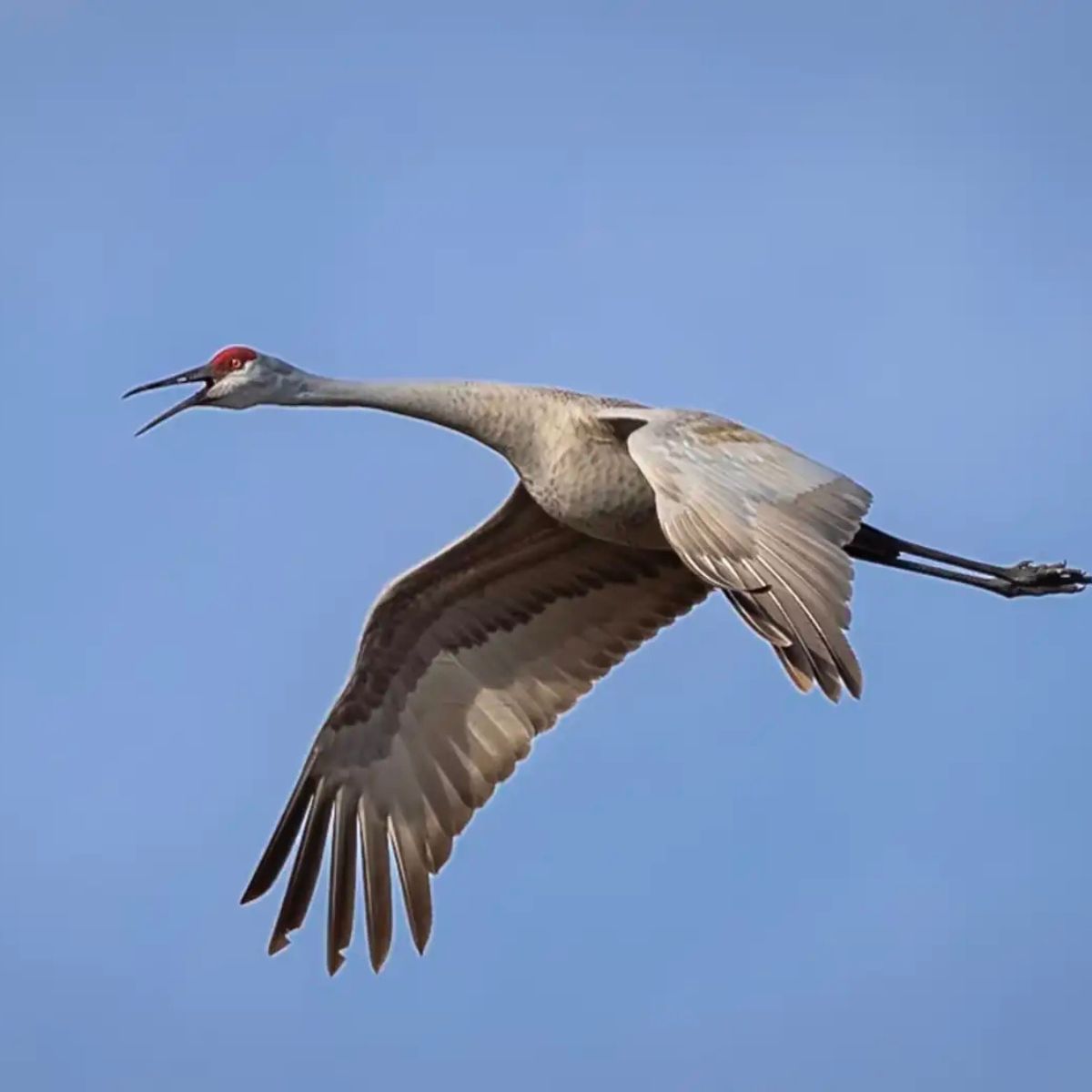
Wild animals, even the ones that seem gentle, are meant to stay wild. That’s the safest thing for them and for us.
Judie understood that, so once she guided the bird out of the road, she knew her part was done. She even told her feathered visitor that she had a dentist appointment and couldn’t hang out any longer, as she shared:
“I told him I had to go to the dentist and went back in the house. I watched him, and he started eating away at the locusts and eventually flew away.”
The crane seemed content enough, poking around for locusts before finally taking off into the sky.
In the end, Judie got an unforgettable encounter with one of nature’s most striking travelers, and the crane got back to doing what cranes do best – fending for himself.

